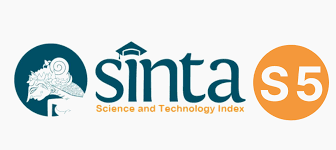Sosialisasi dan Pelatihan Pascapanen Hasil Ternak Ayam Ras Petelur secara Terpadu di Kabupaten Bojonegoro
DOI:
https://doi.org/10.25170/charitas.v2i02.3828Keywords:
Postharvest, , processing livestock products, laying hens, empowermentAbstract
Bojonegoro Regency has a very high potential for developing laying hens. This is based on the consumption needs of purebred chicken eggs, most of which are imported from other cities, including from Blitar and Kediri. Efforts to increase egg production in Bojonegoro Regency need to be carried out by mobilizing farmer groups. Increasing the interest of novice breeders to raise laying hens and also increasing production capacity or population for breeders who are already engaged in laying hens require encouragement from the government, private sector, and academia. One of the causes of the low desire of farmers to raise laying hens is the fluctuation in the selling price of eggs and unproductive chickens, which are often not commensurate with operational costs, especially feed. It is necessary to optimize the income of laying chicken breeders so that the passion for raising livestock is needed to achieve purebred chicken egg production in Bojonegoro Regency which can meet the needs of the Regency. Post-harvest management of laying hens
is a solution to increase competitiveness in the sale of laying hens. Products from laying hens can be eggs and discarded chickens. These two products can be managed through product processing to increase added value and managed in groups through layers of laying hens to achieve an integrated management of laying hens. Empowerment through this group of laying hens is expected to be able to boost the interest of farmers in laying hens so that egg production increases and the need for eggs in Bojonegoro Regency can be met independently.













